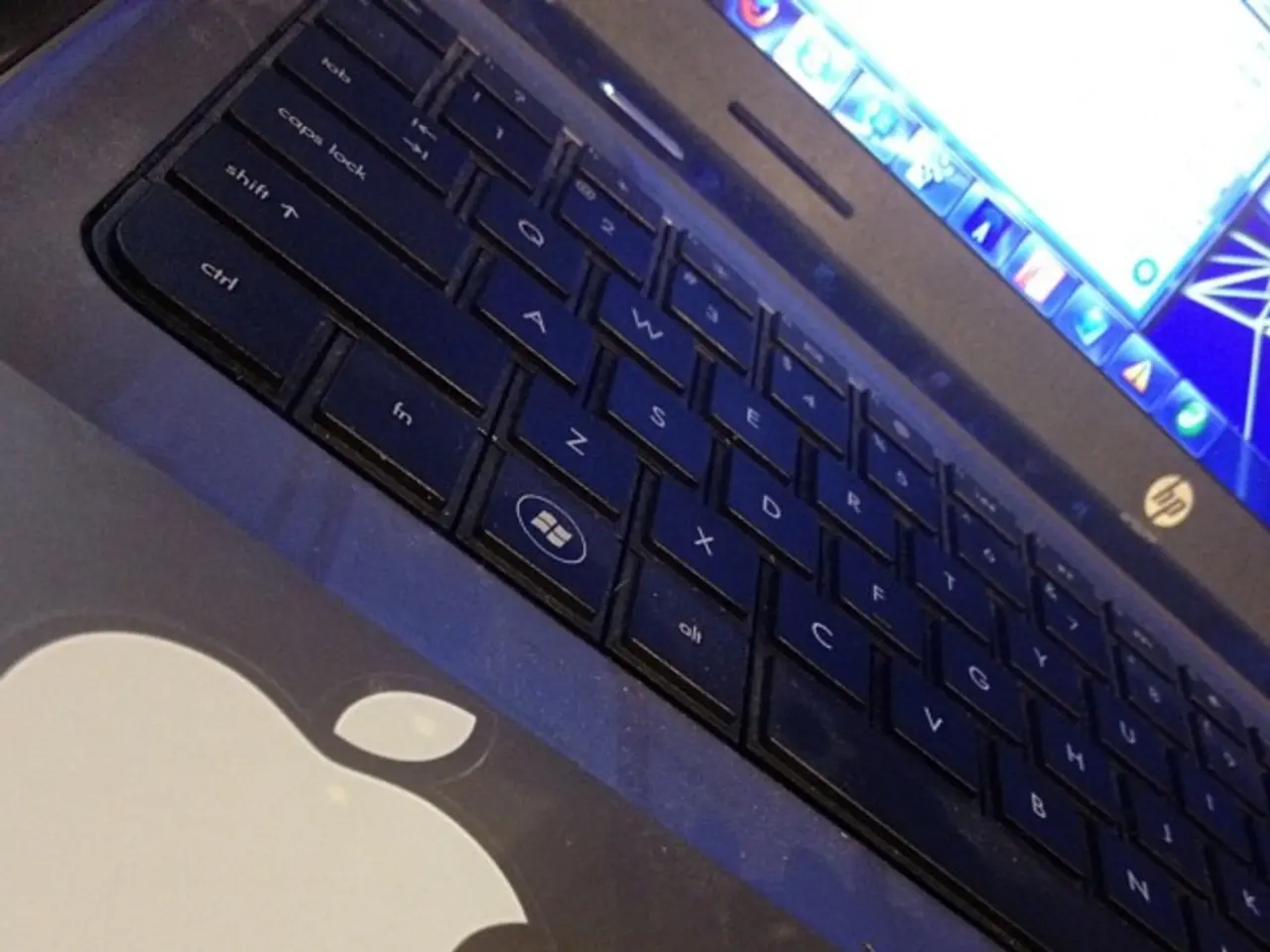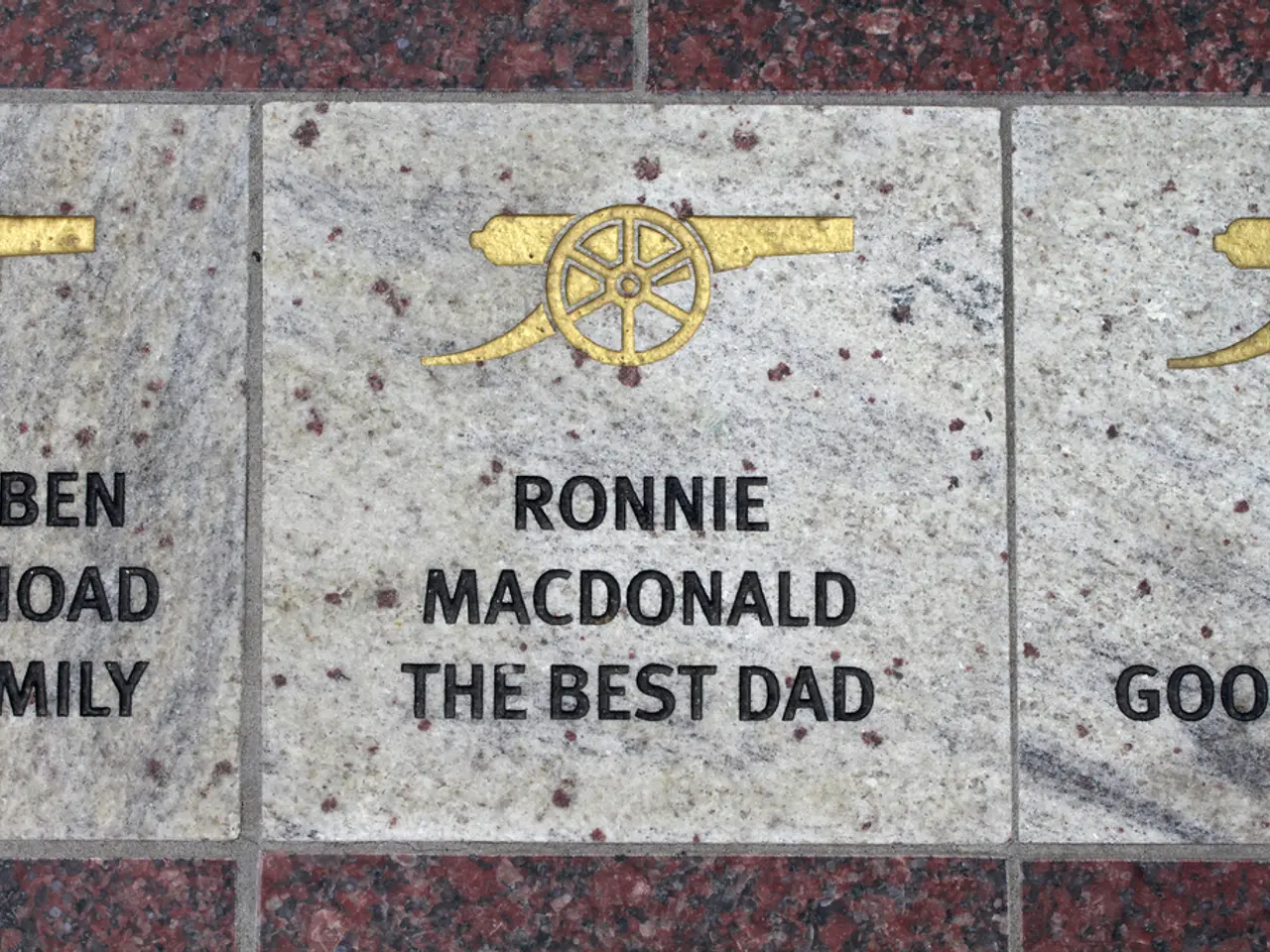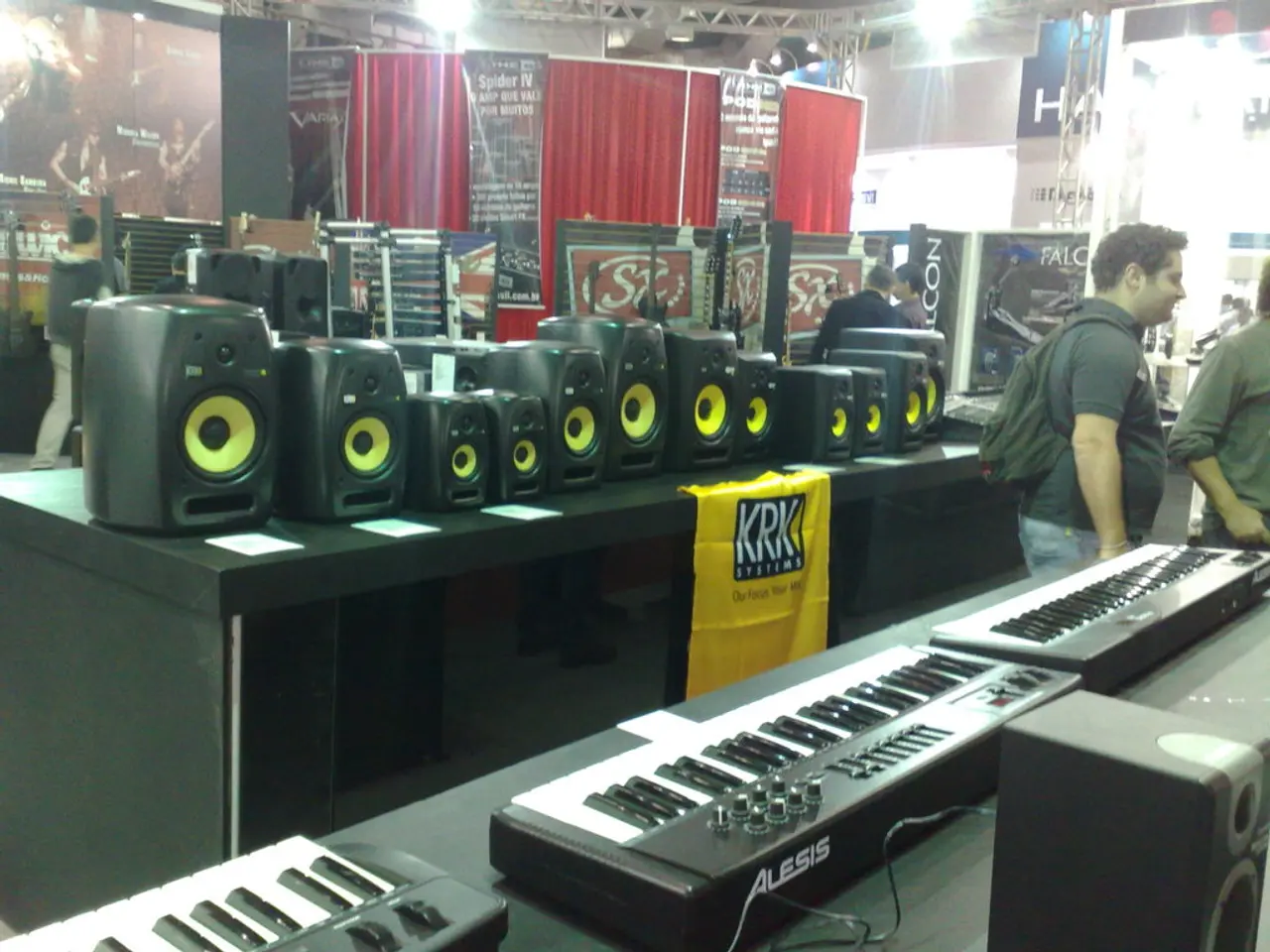Fifteen Illustrative Uses of Augmented Reality Technology
In the modern world, augmented reality (AR) has become a game-changer, transforming various sectors and enhancing our daily lives. This technology, which superimposes digital information onto the physical world, is making a significant impact across industries.
Google Lens, for instance, uses AR to provide users with valuable information about their surroundings. Meanwhile, in the healthcare industry, AR has revolutionized the way doctors visualize and treat patients. AR technology uses computer vision algorithms to detect the real-world environment and overlays digital information onto it, providing a new dimension to medical diagnostics and training.
Recent advancements in AR in healthcare include its integration with AI and 5G for enhanced real-time diagnostics and clinical training. The U.S. AR/VR healthcare market, valued at $1.03 billion in 2024, is projected to grow at a 15.4% CAGR through 2030, fueled by lower device costs and government initiatives supporting AR research.
AR is increasingly used for immersive medical education, enabling risk-free interactive training environments. In surgeries, AR overlays patient-specific 3D data on the body, improving accuracy and outcomes, especially in orthopedic, neurosurgical, and hepatobiliary procedures. Multiplayer AR/VR applications facilitate collaborative review and planning among remote medical teams. These technologies are also aiding telemedicine and chronic disease management by integrating with wearables and IoMT devices for continuous patient monitoring.
The retail industry has not been left behind. AR technology has transformed the way properties are visualized, with apps like IKEA Place and Wayfair AR View allowing users to see how furniture and decor would look in their homes. Houzz, another AR app, offers a similar service, while AR marketing campaigns provide a unique and engaging user experience.
AR has also found its way into the tourism industry, making travel more exciting and educational for tourists. In the gaming world, Pokémon GO is a popular mobile game that uses AR to bring Pokémon to life in the real world.
Beyond entertainment and retail, AR technology is being used to enhance employee training. It allows employees to learn new skills and procedures in a simulated environment without the risks and costs associated with real-world training. For instance, BMW iDrive Head-Up Display uses AR to display important information on the car's windshield.
In the realm of communication, AR technology has proven to be an effective tool for remote assistance and maintenance. It has also been adopted by the military to provide soldiers with a new way to visualize and navigate their environments.
Meta Portal, an AR headset, lets users interact with virtual objects in the real world, while Niantic Lightship is an AR platform that allows developers to create location-based AR experiences. Star Walk 2 is an AR app that lets users explore the night sky.
Duolingo uses AR to teach users new languages, while Google Translate's camera feature uses AR to translate text in real-time. Yuka, a food and cosmetic scanner app, uses AR to provide users with information about the products they are buying.
In summary, AR technology has revolutionized various industries, from healthcare and retail to gaming, education, advertising, and more. While AR and Virtual Reality (VR) are different, with AR superimposing digital information onto the physical world, VR immersing the user in a completely virtual world, they share a common goal: to enhance our lives and make them more interactive, engaging, and informative.
[1] Healthcare Technology Insights [2] Virtual Reality in Healthcare Market Report [3] Augmented Reality in Healthcare Market Report [4] Augmented Reality in Surgery Market Report
- AR technology has been instrumental in revolutionizing the healthcare industry, offering a new dimension to medical diagnostics and training.
- The use of AR in surgeries provides improved accuracy and outcomes, especially in orthopedic, neurosurgical, and hepatobiliary procedures.
- Multiplayer AR/VR applications facilitate collaborative reviews and planning among remote medical teams, aiding telemedicine and chronic disease management.
- AR technology is increasingly used for immersive medical education, providing risk-free interactive training environments.
- In the retail industry, AR technology allows users to visualize furniture and decor in their homes, enhancing the shopping experience.
- AR marketing campaigns provide a unique and engaging user experience, attracting consumers and increasing sales.
- Beyond entertainment and retail, AR is being used to enhance employee training, allowing employees to learn new skills in a simulated environment.
- AR technology is being utilized in the military to provide soldiers with a new way to visualize and navigate their environments.
- Meta Portal, an AR headset, lets users interact with virtual objects in the real world, while Star Walk 2 is an AR app that lets users explore the night sky.
- Duolingo uses AR to teach users new languages, while Yuka, a food and cosmetic scanner app, uses AR to provide users with information about the products they are buying.




